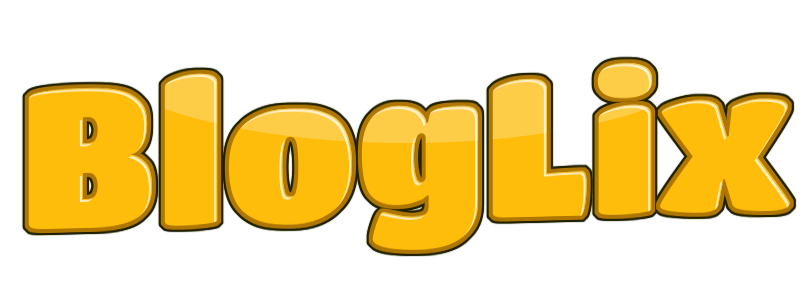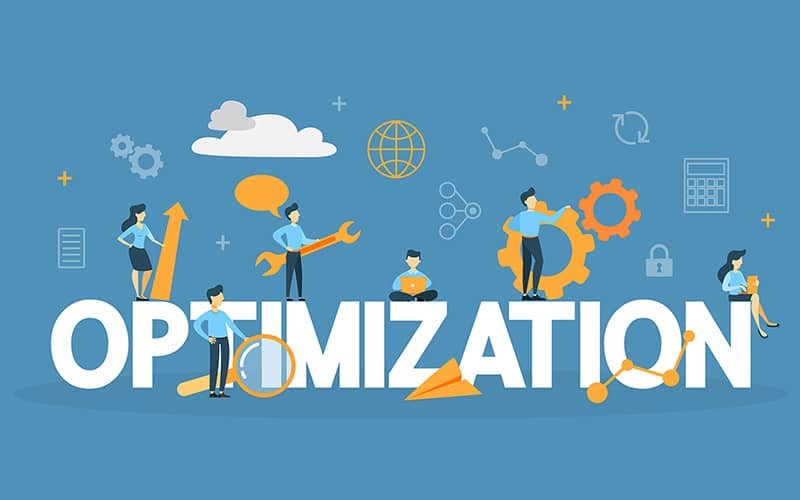Introduction: Why Images Can Make or Break Your Blog
Imagine this: you’ve just published a blog post with incredible content. The headline is catchy, the research is solid, and the writing is engaging. But your blog takes 10 seconds to load because of heavy images. Chances are, visitors won’t wait—they’ll leave. Even worse, search engines will notice the poor performance and push your content lower in rankings.
This is why image optimization is one of the most overlooked yet powerful techniques in SEO. Done right, it improves site speed, boosts visibility, and enhances user experience—all of which directly impact your search engine rankings.
As a blogger, mastering image optimization is no longer optional; it’s essential.
Why Image Optimization Matters for Bloggers
Before diving into the “how,” let’s cover the “why.” Optimizing images benefits bloggers in multiple ways:
1. Faster Load Speeds
Studies show that 53% of mobile users abandon a site if it takes more than 3 seconds to load. Compressed and properly sized images drastically reduce page weight.
2. Better SEO Rankings
Google’s algorithms prioritize speed and user experience. Optimized images contribute directly to Core Web Vitals, boosting rankings.
3. Enhanced User Experience
Sharp, correctly sized visuals keep readers engaged and make your content more shareable.
4. Increased Accessibility
Alt text and descriptive file names ensure that screen readers and search engines can interpret your visuals correctly.
5. Reduced Hosting Costs
Smaller image sizes mean less storage and bandwidth usage, saving money in the long run.
When I first optimized images on my blog, I saw page speed improve by 40% and organic traffic jump by 18% within three months. That’s the power of image optimization.
The Core Elements of Image Optimization
1. Choose the Right File Format
Not all image formats are created equal.
| Format | Best For | Advantages |
|---|---|---|
| JPEG | Photographs | Small size, good quality balance |
| PNG | Graphics, logos, transparency | Lossless quality, sharp edges |
| WebP | Mixed use | 25–35% smaller than JPEG/PNG with equal quality |
| AVIF | Cutting-edge | Superior compression, great detail, smaller file size |
Pro Tip: For most blogs, use WebP—it’s modern, lightweight, and widely supported.
2. Resize Images Properly
Uploading a 4000px-wide image for a blog that displays it at 1200px is unnecessary and slows everything down.
-
Featured Images: 1200 x 628 pixels (great for sharing on social media).
-
In-Content Images: 600–800 pixels wide (scaled for text width).
-
Thumbnails: 150 x 150 pixels.
Use an image resizer before uploading to ensure correct dimensions.
3. Compress Without Losing Quality
Compression reduces file size without visibly harming quality.
-
Lossless Compression: Keeps all data intact.
-
Lossy Compression: Removes some data for greater size reduction (often unnoticeable).
Tools to Use:
-
TinyPNG / TinyJPG
-
ShortPixel
-
Imagify
-
Squoosh (Google’s free tool)
In one client project, compressing 200 images cut site weight by 60%, slashing load times in half.
4. Name Files Strategically
Instead of uploading IMG_1234.jpg, use descriptive keywords like image-optimization-guide.jpg.
-
Helps search engines understand content.
-
Increases chances of ranking in Google Images.
Keep file names short, clear, and keyword-rich.
5. Add Alt Text Correctly
Alt text serves two purposes: accessibility and SEO.
Example:
-
❌ Bad:
screenshot.png -
✅ Good:
image optimization example showing compressed vs uncompressed file
Write alt text like you’re describing the image to someone who can’t see it.
6. Use Captions Where Relevant
Captions are one of the most-read parts of a blog post. Use them wisely to add context, highlight takeaways, or reinforce SEO keywords.
7. Implement Lazy Loading
Lazy loading ensures that images load only when users scroll to them. This reduces initial load time, especially on content-heavy blogs.
Most CMS platforms like WordPress offer lazy loading by default or via plugins.
8. Leverage a Content Delivery Network (CDN)
A CDN serves images from servers closer to the user, reducing latency. Many CDNs also auto-optimize images on the fly.
Examples:
-
Cloudflare Polish
-
Optimole
-
ImageKit
Comparison: Manual vs Automated Image Optimization
| Method | Pros | Cons |
|---|---|---|
| Manual Optimization | Full control, best for small blogs | Time-consuming, repetitive |
| Automated Tools | Saves time, great for larger blogs | May require subscription costs |
For beginners, start with manual tools. As your blog grows, switch to automated solutions.
Fresh Perspectives: What Most Bloggers Overlook
From my experience working with bloggers, here are a few overlooked aspects of image optimization:
-
Responsive Images – Many forget to serve different image sizes for desktop vs. mobile.
-
Vector Graphics (SVG) – Ideal for logos and icons, yet underused by bloggers.
-
Structured Data for Images – Adding schema markup can boost visibility in Google Images.
-
Video Thumbnails – Thumbnails count as images and should be optimized too.
Case Study: Blogger Boosts Ranking with Image Optimization
A travel blogger I consulted uploaded huge RAW photos directly from a DSLR—some files were over 10MB. The site took 20 seconds to load on mobile.
We implemented:
-
WebP conversion
-
Compression (70%)
-
Lazy loading
-
Keyword-rich file names & alt text
Results after 3 months:
-
Average load time dropped from 20s → 4s.
-
Organic traffic grew by 35%.
-
Several blog posts began ranking on the first page of Google.
Image optimization turned the blog from sluggish to competitive.
Advanced SEO Tips for Image Optimization
-
Use CDN with Smart Caching: Ensures images are delivered instantly.
-
Apply Image Sitemaps: Help Google index your visuals faster.
-
Test with PageSpeed Insights: Check how images impact Core Web Vitals.
-
Track with Analytics: Measure traffic from Google Images.
Visual Summary: Blogger’s Image Optimization Checklist
| Task | Tool/Tip |
|---|---|
| Choose correct format | WebP / AVIF |
| Resize before upload | Photoshop / Fotor |
| Compress without quality loss | TinyPNG / ShortPixel |
| Add descriptive file names | Use keywords |
| Write proper alt text | Clear, contextual |
| Enable lazy loading | WordPress plugin |
| Use a CDN | Cloudflare / Optimole |
The Future of Image Optimization
Looking ahead, expect:
-
AI-powered compression that adapts quality automatically.
-
Next-gen formats (AVIF, JPEG XL) with superior efficiency.
-
Automated workflows where CMS platforms auto-optimize on upload.
This means bloggers who start now will have a huge head start as image SEO evolves.
Conclusion: Small Tweaks, Big SEO Wins
For bloggers, image optimization is a low-effort, high-reward strategy. By choosing the right formats, resizing smartly, compressing effectively, and adding SEO-friendly details, you’ll speed up your site, rank higher, and create a better user experience.
In a digital world where milliseconds matter, your images could be the difference between a visitor staying—or leaving.
Call to Action
✅ Ready to get started? Optimize your next blog image using tools like Imgpapa or This one, and add proper alt text before hitting publish.
Already using image optimization? Share your favorite tools and techniques in the comments below—and subscribe for more SEO strategies tailored for bloggers.


